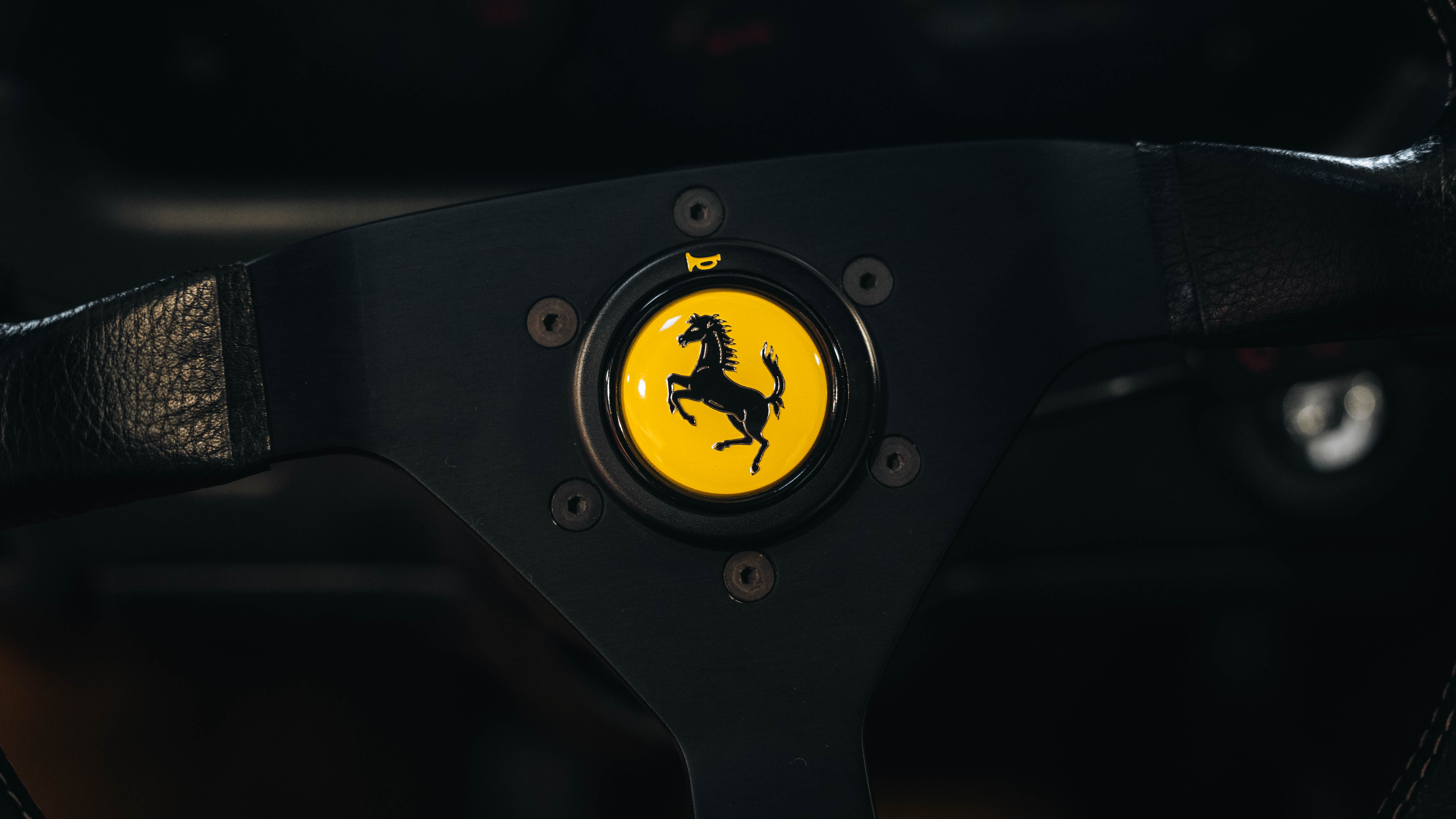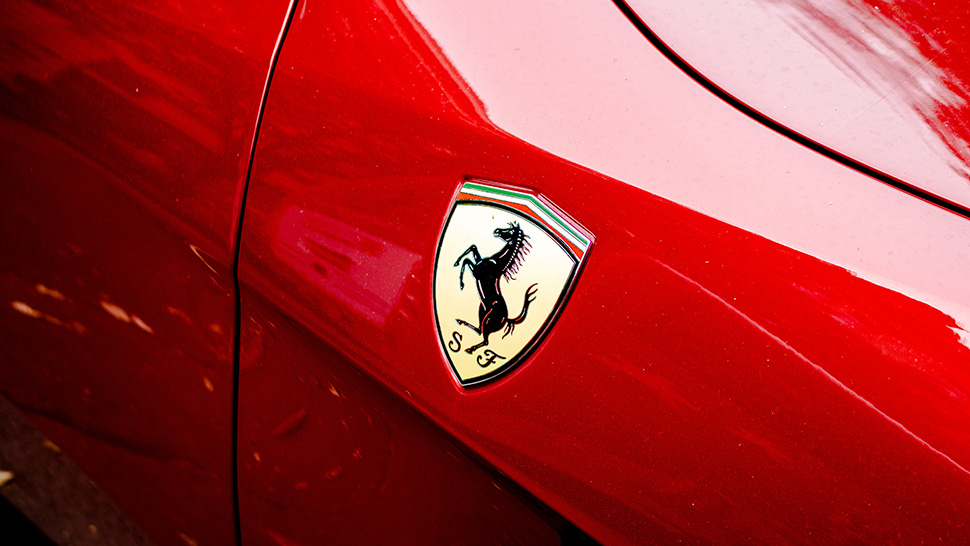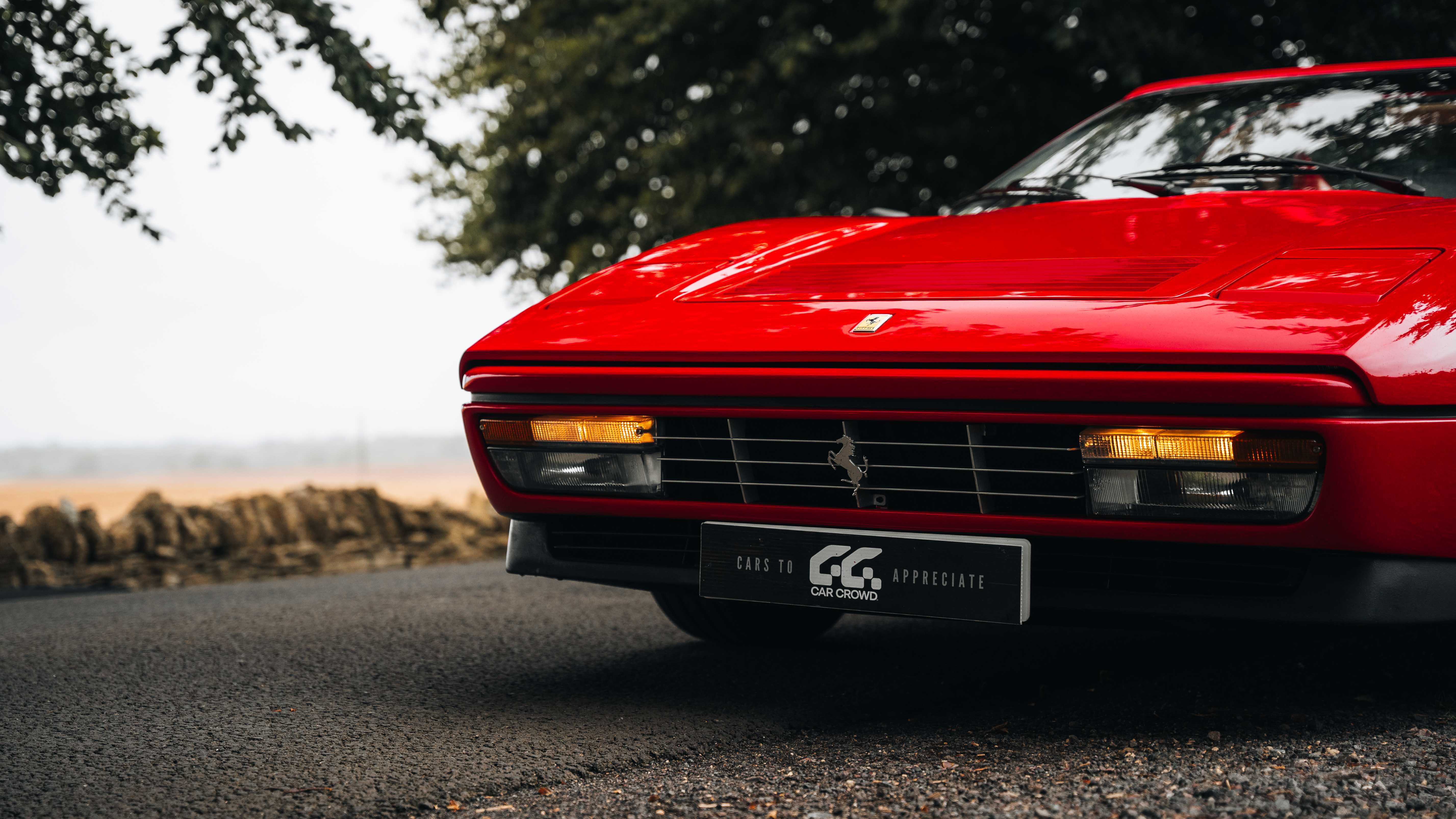Investment Grade Ferrari: Myth or Measurable?
The term “investment-grade Ferrari” gets tossed around like confetti at Pebble Beach. But what actually makes one Ferrari a collectible masterpiece and another a flashy money pit? It’s not just the badge or the exhaust note—it’s a matrix of production data, provenance, condition, and market dynamics.
This guide dives deep into the mechanics of identifying true investment-grade Ferraris. Whether you're a seasoned collector, a Ferrari-curious investor, or exploring fractional ownership through platforms like aShareX, knowing how to separate legend from liability is essential.
Not All Prancing Horses Are Created Equal
Let’s set the tone with a brutal truth: not every Ferrari is investment material. While all Ferraris carry cachet, only a narrow slice possesses the characteristics that support long-term capital appreciation.
Here’s why some models appreciate—and why others depreciate faster than an unserviced clutch.
Criteria 1: Model Significance and Production Numbers
Rarity Drives Returns
One of the most reliable indicators of a Ferrari’s investment potential is scarcity. Limited production runs, especially homologation specials, coachbuilt models, concours condition, or milestone vehicles, often carry long-term appeal.
Examples of iconic low-production Ferraris:
- Ferrari 250 GTO (1962–64): Only 36 built. Today, one could fetch $70M+ at auction.
- Ferrari Enzo (2002–04): Just 400 made. Values have more than doubled since new.
- Ferrari 288 GTO (1984–87): The original hypercar blueprint—only 272 built.
On the flip side, models like the Ferrari California, produced in the thousands, may turn heads but don’t often turn profits.
Criteria 2: Condition, Originality, and “Matching Numbers”
“Original” Isn’t Optional—It’s Everything
An investment-grade Ferrari must be as close to factory spec as possible. That means:
- Matching numbers: The engine, transmission, and chassis all share the original factory serials.
- Unmodified originality: No aftermarket wheels, color changes, or audio systems.
- Documented maintenance: A paper trail is essential—major services, repairs, restoration history.
Investors prize Ferraris that are either impeccably preserved or professionally restored to concours standards. A ‘barn find’ with the right DNA might still qualify—if restored with respect for its originality.
Criteria 3: Provenance and Historical Relevance
Stories Sell
Provenance can add millions to a Ferrari’s valuation. A car with documented race history, ownership by a notable figure, or appearances at prestigious concours events commands premium attention.
Examples:
- A Ferrari once owned by Steve McQueen, Paul Newman, or even a prominent racing team
- A car that competed at Le Mans, Mille Miglia, or FIA events
- Vehicles featured in period magazines or factory literature
Documentation is vital—ownership history, race entries, service records, even period photographs add legitimacy and value.
Criteria 4: Service Records and Concours Eligibility
Maintenance Isn’t Just for Mechanics—It’s for Markets
A well-documented service history protects an asset's value—and signals long-term viability. The gold standard:
- Ferrari Classiche certification or eligibility
- Concours participation history (e.g., Pebble Beach, Villa d’Este)
- Restoration records by known specialists
These touchpoints allow an asset to be shown, exhibited, or traded with confidence. If it can’t be displayed at a high-level concours, it’s less likely to achieve high-level returns.
Criteria 5: The “Event Effect” and Market Cycles
Timing Matters
The classic car market is not immune to hype cycles. For Ferraris, spikes often follow:
- Major anniversaries (e.g., Ferrari’s 75th in 2022)
- Cultural events (e.g., Ferrari-focused auctions, films, or exhibitions)
- Auction records (when a GTO sells for $50M, adjacent models rise)
Smart investors track these signals. A well-timed entry—or a well-timed exit—can shift IRR dramatically.
The aShareX Framework: How We Define Investment-Grade
At aShareX, identifying investment-grade Ferraris isn’t a hunch. It’s a rigorously applied, multilayered due diligence process. Here’s a breakdown of what we examine before onboarding any Ferrari:
Asset Selection Criteria:
- Rarity (sub-1,000 unit production run preferred)
- Model significance and collector ranking
- Longitudinal price trend across auctions and private sales
- Known maintenance cost ranges and ownership risks
Documentation:
- VIN-matching and factory build sheets
- Full service history with receipts
- Restoration log (if applicable)
- Insurance and storage compliance
Verification & Vetting:
- Third-party appraisals from marque specialists
- Ferrari Classiche Certification or eligibility
- Inspection by restoration experts
- Title chain validation and lien checks
Only after this exhaustive review do Ferraris qualify for fractional offering on the aShareX platform.
Case Studies: Ferraris That Fit—and Ones That Faltered
Ferrari 512 BB (1976–84):
· Mid-engined, carbureted V12
· ~2,300 built
· Values rising after years of stagnation
· Iconic design, undervalued vs peers
Investment Grade Verdict: Yes, under-the-radar gem for patient investors
Ferrari Mondial (1980–93):
· 4-seater, high production
· Limited design pedigree
· Historically flat values, high maintenance-to-return ratio
Investment Grade Verdict: No—better as a passion buy
Ferrari F40 (1987–92):
· Final car approved by Enzo Ferrari
· Turbocharged, lightweight, raw
· 1,315 units produced
· Auction prices topping $2M
Investment Grade Verdict: Yes, blue-chip investment vehicle
Watch the Red Flags: What Disqualifies a Ferrari from Investment Consideration?
- Aftermarket modifications (engine swaps, body kits)
- Lapsed service history or accident damage
- Lack of documentation or VIN anomalies
- Questionable restoration work
- Flood damage, salvage titles, or unresolved liens
These aren’t minor blemishes—they’re portfolio liabilities.
Investing Fractionally: Accessing Investment-Grade Ferraris Without Millions
Historically, accessing a $1M+ Ferrari required either direct purchase or deep dealership connections. aShareX opens the door for fractional ownership—offering equity in investment-grade Ferraris starting at $2500.
Benefits include:
- SEC-compliant structures (SPVs, Reg A/Reg D)
- No storage or maintenance burden
- Real-time valuation dashboards
- Flexible exit options via regulated secondary market
How to Vet a Ferrari Yourself: A Collector's Checklist
- Check the VIN: Ensure numbers match across body, engine, and transmission.
- Inspect Documentation: Review service logs, ownership chain, and original sales invoice.
- Get an Appraisal: Use Ferrari marque specialists, not general appraisers.
- Verify Classiche Status: Ask if it’s eligible—or already certified.
- Study Market Data: Review past auction results from RM Sotheby’s, Bonhams, or Hagerty.
The Future of Ferrari Collecting: Digital Meets Classic
In 2025 and beyond, the profile of Ferrari collectors is shifting. Younger, digital-native investors are entering the market—drawn by access models, cultural cachet, and transparency.
Ferrari as an asset class is now global, liquid (with the right partner), and increasingly data-driven. Platforms like aShareX bridge the old-school world of gated garages with the new world of app-based investing and ESG-aligned custody.
Final Lap: Make Every Prancing Horse Count
Not every Ferrari is a ticket to appreciation. Some are joyrides, some are heartbreaks. But for those who know what to look for—model rarity, concours condition, matching numbers, documented provenance, and event-driven timing—the prancing horse can be a very real thoroughbred investment.
If you're ready to move beyond gut instinct and glossy brochures, start with a framework. Apply it rigorously. And if you're looking for a team who lives this framework daily, aShareX is built for collectors who want exposure—not just ownership.
Ready to invest in Ferraris without the garage?









Leave a Comment